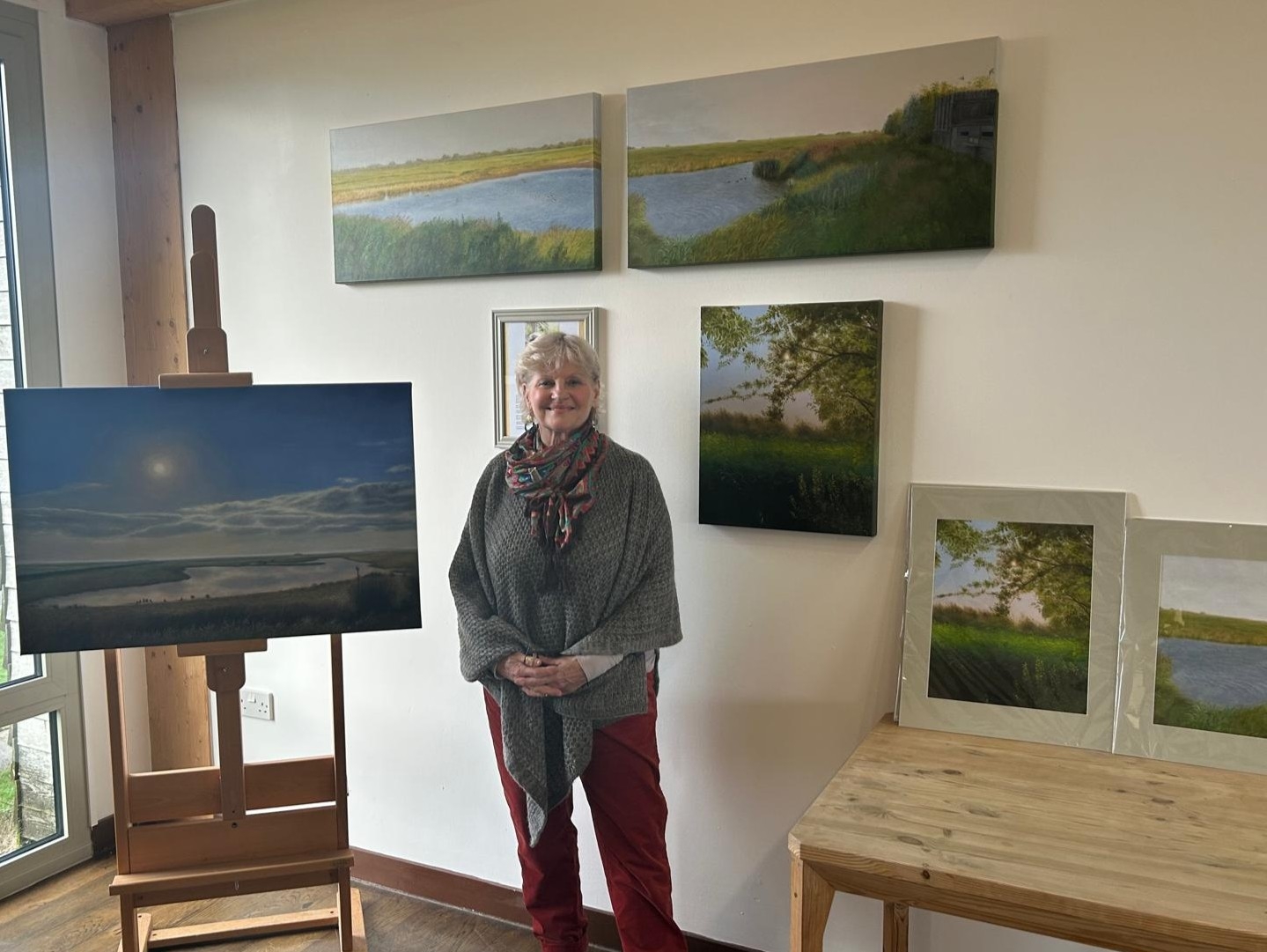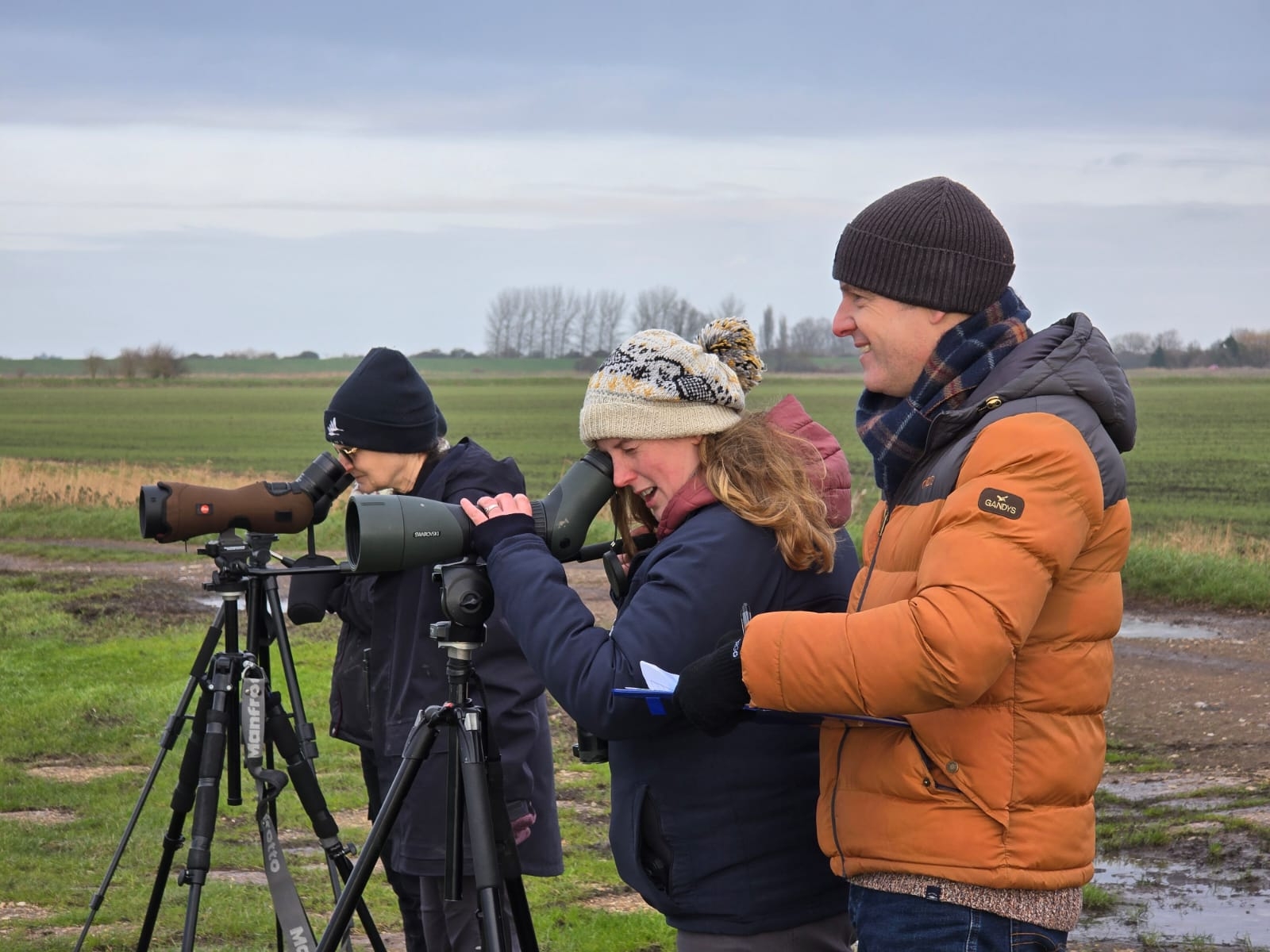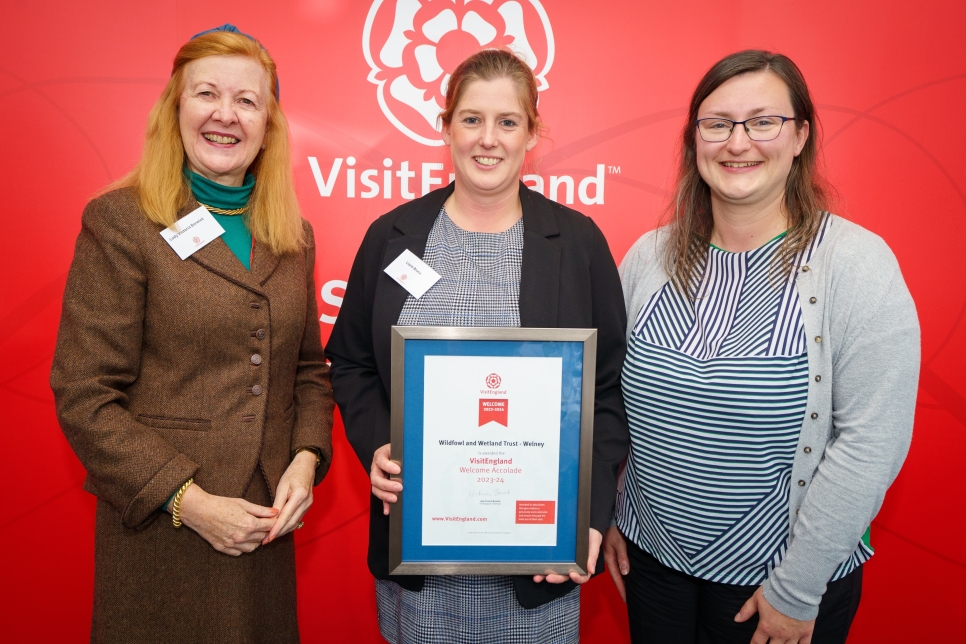Bird ringing and beyond: Swans
The identification of individual birds within a species to monitor their movements and their relationship to other individuals, eg juveniles, has long been of immense value in their conservation.
Peter Scott, in his early days as a wildfowler, witnessed the shooting of species such as pink-footed geese in vast numbers, and this raised many questions for him as to the sustainability of the practice. He initiated a major ringing project to learn about the migratory movements of the geese, their survival rates, and whether their numbers could absorb such losses. As a direct result of this work came his vision to establish safe wintering areas in the UK for pink-footed geese and other wildfowl species. And, as the saying goes, the rest is history…
Bird ringing is not only a vital means of studying bird populations, but also can bring birds closer to us. Until recent years the village of Welney had a thriving primary school, the William Marshall School, and the children would make regular visits to Welney Wetland Centre to make use of the educational facilities and watch swan feeds. One winter the school ‘adopted’ a male whooper swan, inevitably christened William. William’s leg ring code was BBU and for several winters he returned to Welney, his appearance each autumn being celebrated by the school and by WWT staff. One of his siblings, Star, was similarly adopted by Ten Mile Bank School, her leg ring being BBX. William and Star are immortalised in Welney’s visitor centre – when you are in the tea room, just look up!

Ringing projects continue to be indispensable in many conservation efforts. During Project Godwit where young black-tailed godwits were ‘headstarted’ at Welney (reared in large pens protecting them from predation, then released when nearly full-sized) all individuals were marked with a system of colour coded upper leg rings which could be easily spotted in the field. In subsequent summers their successful return to Welney to boost the breeding population has confirmed the value of headstarting as a conservation technique.

Leg ringing will continue to be a vital part of the toolkit for anyone working in avian conservation. In our age of ever-advancing technology, satellite telemetry is now playing an important and exciting role alongside ringing studies. In a German-based project, scheduled to run from 2020 to 2026, Bewick’s swans, also marked with leg and neck rings, are carrying transmitters enabling researchers to track them live on their autumn migration. Much data is already available from this project; the online digital maps showing tagged swan movements are updated on a daily basis effectively giving live information on the progress of Bewick’s migration during the autumn and winter. These maps have been wowing the human visitors to Welney during recent weeks, bringing home to them the reality of swan movements and the challenges these wonderful birds face. Using the maps enhances the visitor experience and helps substitute for the fact that Bewick’s swans can often be a most elusive species to see!

The digital maps clearly illustrate the migratory trends of the Bewick’s swan population as well as showing the movement of individuals in the Ouse Washes area. They can clearly illustrate the important resting and feeding areas along their migration route and will be a useful tool in revealing any future climate-linked changes in swan behaviour, and therefore helping to shape conservation strategy.

On 19th December 2023, our first dawn and arable swan count revealed that 349 Bewick’s had made the journey to the Fens. WWT and RSPB teams on the Ouse and Nene Washes picked up flocks of Bewick's, including two of the birds currently fitted with GPS- tracking collars from a project running in Germany. Since then, a further three birds have made the crossing over the North Sea likely due to colder conditions in recent weeks. Project Zwergschwan has been tracking Bewick’s swans since 2020 and has tagged a total of 67 swans. Thanks to the projects website and tracking map, we have been able to identify the 5 Bewick's as “Peter”, "Nikolas", "Elisabeth", "Jule" and “Clyde”. You can find out more about the project and their tagged swans by clicking here.
If you are out birdwatching or specifically swan spotting and you record ringed individuals it is worth noting the following information:- Species
- Flock size
- Ring type (neck/leg left or right)
- Ring colour
- Ring code (letters, numbers or a mixture and the specific combination)
- Location
- Date
- Adult/youngster
- Does it have a partner/family
- Habitat found on
WWT Welney does not have regular ringing effort for swans, but the recording of previously ringed birds is just as important. If you do see a ringed swan you can contact us at the visitor centre with as much of the above information as you have. There is a community of bird ringers and spotters and so other projects are live. If you spot whooper swans with a white leg rings/three digits you can submit those sightings through the Waterbird Colour-marking Group.
Blog by Karen Fleming, Experience volunteer.



